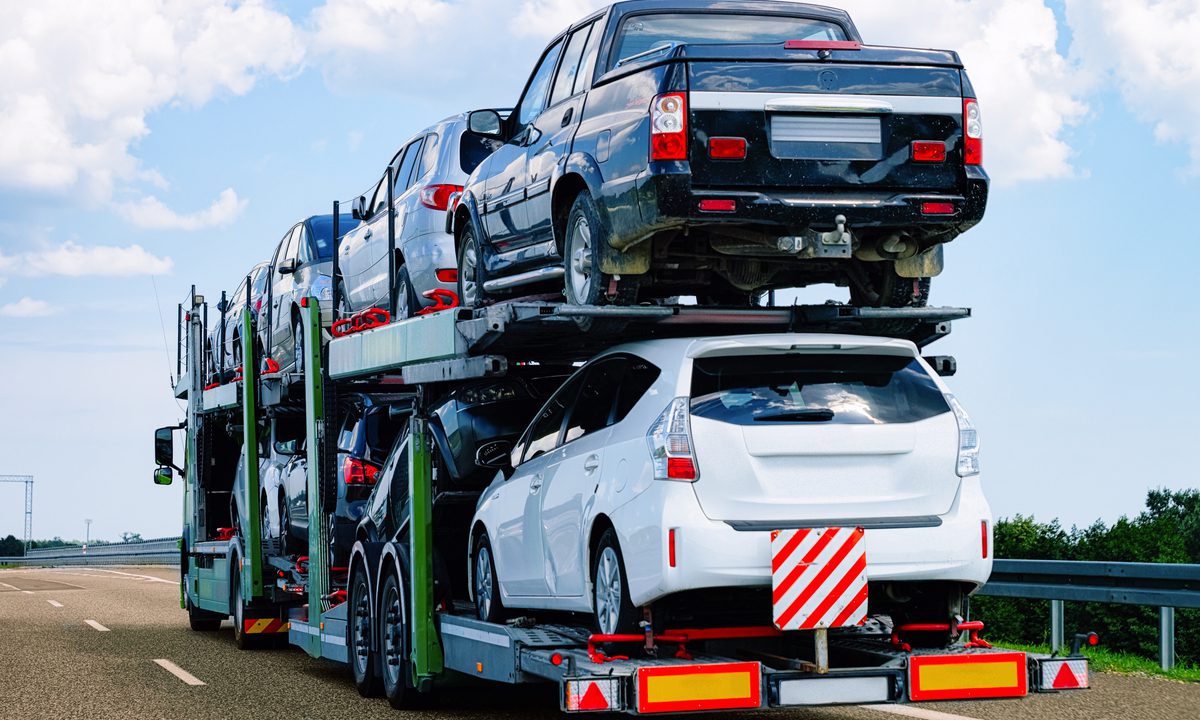Digital Payments Pave Way for Smoother Car Shipments

When you’re bringing digital solutions to a business-to-business (B2B) marketplace that has long been analog, the goal is to streamline operations for both the buyers and the sellers.
That includes payments — delivering payments to sellers quickly and allowing buyers to use their choice of payment methods.
“I think the key there is to have as many seamless payment avenues as possible,” Jacob Patterson, vice president finance at RunBuggy, told PYMNTS. “There’s nothing worse than getting down to the nitty-gritty of a contract and they say, ‘Hey, we want to pay you this way’ and we say, ‘No, we only accept payments this way.’”
Enabling Direct Communication
RunBuggy is a platform that connects car shippers and transporters. On June 7, the company announced that it had secured Series A investment from the Larry H. Miller Co., Porsche Ventures and Hearst Ventures.
The shippers using the platform include auto dealerships, eCommerce players, auction houses and consumers. The transporters are companies that operate trucks that can typically move anywhere from one to nine vehicles.
The vehicle transport industry has typically had brokers as middlemen, but that model has had limitations, Patterson said. Shippers can only know so many brokers, and brokers can only know so many transporters.
A digital marketplace, on the other hand, can allow shippers and transporters to communicate directly and instantaneously throughout the process.
For shippers, it provides visibility into the status of pickups and deliveries as well as peace of mind in the form of photos of the vehicle taken before and after delivery, showing its condition upon arrival at its destination.
For transporters, this self-service model also enables transporters to pick up orders on the fly so that their trailers aren’t empty on a return trip.
Delivering Speedy Payouts
One cause of the widespread driver shortage is that drivers are often undervalued and undercompensated, Patterson said, adding that RunBuggy has made a focused effort to take care of transporters.
“One of the most significant advantages that we have that’s helped solve a pain point for the transporters is the speed with which we pay the transporters,” Patterson said.
When transporters deliver a vehicle, they take photos to verify the vehicle’s condition and get the bill of lading signed electronically through the RunBuggy app.
Once those steps are done, they receive the money in their bank account within two to three business days. This is done via a third-party payment processor using ACH direct deposit.
“That’s very key for the transporter network,” Patterson said. “Fuel prices are increasing, insurance premiums are not reducing anytime soon and the actual asset, the trucks, are — I don’t know if you’ve been in the market to buy a new vehicle or not, but it really is topsy-turvy out there today.”
Offering a Choice of Payment Methods
On the other side of this dual-sided marketplace, the shippers can pay in a variety of ways or can be invoiced. The third-party payment processor accepts credit cards, virtual credit cards, ACH, Apple Pay, Google Pay, PayPal and paper checks.
For customers who want to be invoiced, RunBuggy generates invoices out of its enterprise resource planning (ERP) system that is integrated with its platform.
“It’s about seamlessness,” Patterson said. “’How would you like to pay us, shipper? How would you prefer to receive your payout, transporter?’”
Transacting With a Couple of Clicks
With the recently announced Series A investment, RunBuggy aims to scale and grow, adding both shippers and transporters to the platform.
In addition, the company recently launched a consumer-focused vehicle transport service called RunBuggyOne. While the company has served consumers on an ad hoc basis, this new site focuses on them. One key feature here is that the company doesn’t charge the customer until the vehicle has been delivered.
“People have started to change the way in which they consume vehicles,” Patterson said. “No longer are the days where you go spend a couple of weekends at one dealership and another dealership, back and forth. There is an online presence and certain generations prefer not to have to go to a dealership and interact — they want to click a couple of buttons.”
